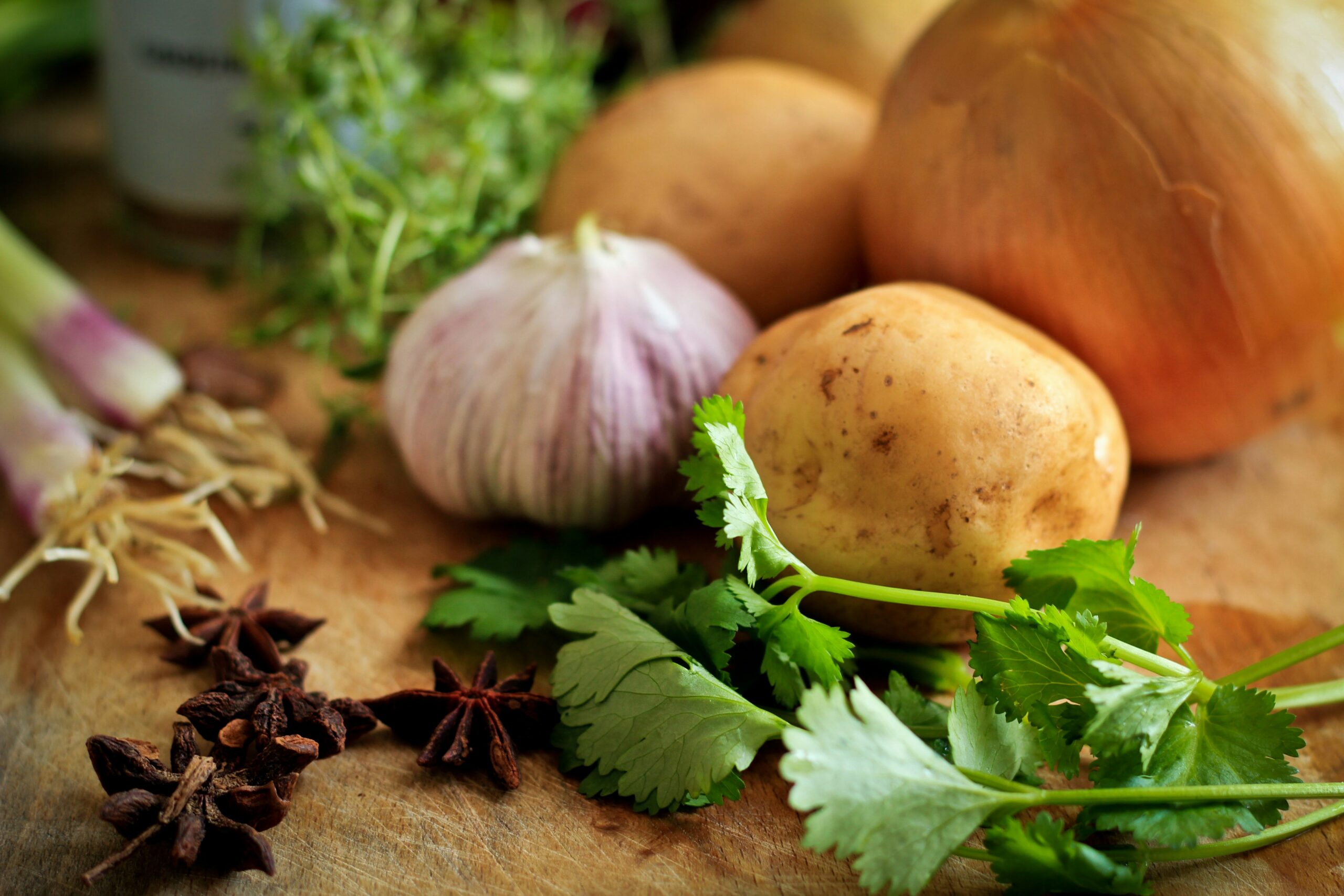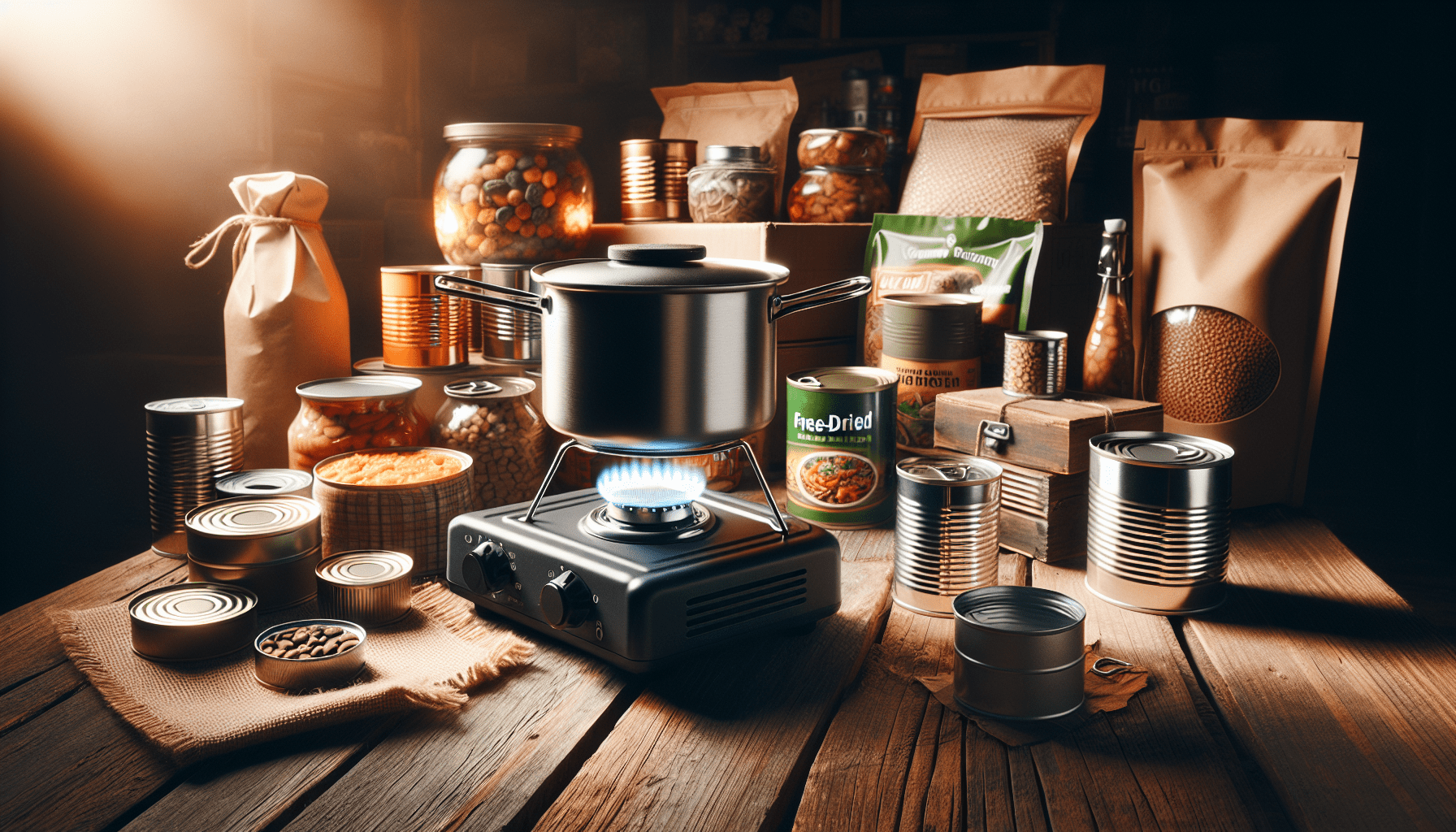Have you ever wondered what exactly comes with emergency food supplies? It might seem obvious that food would be within the kit, but one lingering question remains: do these supplies come with cooking instructions? In times of crisis, when you reach for your stash of emergency food, having clear, concise cooking instructions can be incredibly calming. Let’s explore what you can expect when dealing with emergency food supplies and how these kits can impact your preparedness strategy.
Understanding Emergency Food Supplies
Emergency food supplies are designed to provide sustenance in times of crisis or disaster. They come in various forms, from freeze-dried meals to canned goods, and their primary purpose is to remain viable for an extended period until they are needed. They ensure that you have nutritional food available when grocery stores and restaurants are inaccessible or when you are cut off from your regular food sources.
Types of Emergency Food Supplies
There are several types of emergency food supplies, each with its own storage and preparation requirements. The main types include freeze-dried meals, canned foods, and dehydrated food items. Each has its particular advantages and considerations.
-
Freeze-Dried Meals: These meals have had their moisture removed but retain flavor and nutritional value. They are lightweight and easy to transport, making them a favorite among campers and survivalists.
-
Canned Foods: Canned goods are reliable and durable, with a tendency to last for several years. They often require a can opener and may need heating, but they are ready to eat in a pinch.
-
Dehydrated Foods: Dehydrated foods preserve taste and nutrition but, like freeze-dried foods, need water to rehydrate. These often require cooking or soaking.
Longevity and Storage
The longevity of emergency food supplies varies based on the type of food and how it is stored. Generally, these supplies are built to last anywhere from 5 to 25 years when stored under optimal conditions. Cool, dark, and dry storage spaces are ideal for preserving the integrity of these foods. It’s crucial to periodically check these supplies and rotate them as needed to maintain an effective emergency stockpile.
Do Emergency Food Supplies Come With Cooking Instructions?
The answer to whether emergency food supplies come with cooking instructions is generally yes, but it depends heavily on the type of product. Here, we’ll break down what you can typically expect.
Freeze-Dried Meals
Often the simplest to prepare, freeze-dried meals usually come with detailed cooking instructions. These instructions tend to be straightforward due to the convenience-focused nature of these meals. You’ll generally need only a bit of boiling water and a few minutes of patience.
Example Instructions for Freeze-Dried Meals:
- Boil a predetermined amount of water (usually indicated on the packaging).
- Pour the boiling water into the meal pouch or dish.
- Stir, seal, and let it sit for the instructed time, usually around 10 minutes.
- Stir once more and enjoy your meal.
Canned Foods
Canned foods typically don’t require additional cooking instructions since many are ready-to-eat. However, instructions are provided to enhance flavors or improve texture by heating.
Example Preparation Steps for Canned Foods:
- Use a can opener to safely open the can.
- Drain any excess liquid, if necessary.
- Empty the contents into a pan or microwave-safe container.
- Heat on the stove or in a microwave until hot, stirring occasionally for even heating.
Dehydrated Foods
Dehydrated foods can be a bit more complex as they need rehydration before consumption. These products often come with instructions similar to those for freeze-dried foods.
Example Instructions for Dehydrated Foods:
- Measure out the required amount of boiling water.
- Submerge the dehydrated food in the water.
- Allow the food to sit and rehydrate as per the package’s guidance, stirring when necessary.
- Cook if required after rehydration to enhance the dish.

Importance of Cooking Instructions in Emergencies
In an emergency, simplicity and clarity are paramount. Detailed cooking instructions can enhance your meal experience, ensuring you maximize the nutritional content and taste of your emergency foods. They guide you through the essential steps of preparation, even under stress.
The Role of Simplicity
Clear instructions reduce the stress of food preparation during emergencies. They eliminate uncertainty, letting you focus on pressing issues without worrying about preparing food incorrectly, potentially wasting precious resources.
Nutritional Maximization
Proper preparation is key to retaining the nutritional benefits of emergency foods. Instructions often include the necessary steps to ensure nutrients are preserved and not lost during cooking.
Tips for Using Emergency Food Supplies
Your emergency food supplies are crucial elements of your disaster preparedness. Here are some tips to make sure you’re getting the best out of them.
Keep a Manual Can Opener
While many people depend on electric openers, having a manual opener in your stash is vital, especially when there’s no electricity. Practicing its use ensures you’re ready when needed.
Familiarize Yourself with Cooking Instructions
Familiarity breeds confidence. By familiarizing yourself with cooking instructions before an emergency situation arises, you’re more prepared to handle the demands of disaster scenarios.
Rotate Supplies Regularly
To maintain freshness and efficacy, set a schedule to rotate through your emergency goods. Use older items in regular meals and replace them with new purchases to ensure longevity.

The Added Value of Non-Food Items in Emergency Kits
Some well-thought-out kits come with additional tools and accessories that can be invaluable in times of need. These may include utensils, a pot or pan, or even a portable stove. Having these extra items can significantly enhance your ability to prepare foods effectively, especially when at home or in an unfamiliar environment.
Cooking Utensils
A small set of cooking utensils, such as a spoon, spatula, or knife, can simplify meal preparation. Many kits offer space-saving, lightweight options perfect for storage.
Heating Sources
In some emergency situations, traditional cooking appliances may not be available. This is where having portable heating solutions, like a small camping stove or disposable heating packs, can be game-changers.
Preparing for Special Dietary Needs
It’s essential to consider any dietary restrictions or preferences when assembling your emergency supplies. While many commercial kits cater to general needs, some customization may ensure all family members are cared for during an emergency.
Gluten-Free Options
Gluten intolerance requires careful selection of emergency foods. Fortunately, many providers now offer gluten-free options and clear labeling to facilitate safer choices.
Vegan and Vegetarian Needs
Plant-based options are increasingly common in emergency food supplies. Products explicitly labeled as vegan or vegetarian have clear advantages for those following these diets.

Creating a Plan for Emergency Situations
Having emergency food supplies is just part of the equation. A thorough emergency preparedness plan is crucial for ensuring your readiness.
Communication Plans
Establish communication plans with family or group members to ensure everyone knows how to connect during emergencies. Consider role assignments, like who oversees food preparation, to streamline responsibilities.
Regular Drills
Running regular disaster drills can improve readiness. Including an exercise on how to prepare and consume emergency food ensures your seasoned preparedness as a family or community.
Summary
In essence, emergency food supplies often do come with cooking instructions tailored to their preparation needs. These instructions help you utilize the foods to their full nutritional potential while minimizing stress during emergencies. A well-constructed emergency food plan with clear instructions is invaluable, aiding not only in feeding you but also in supporting overall emergency preparedness efforts.
Remember, familiarizing yourself with your emergency food supplies well before an actual crisis can ensure you’re well-equipped, both mentally and resource-wise, for facing unforeseen challenges head-on.


